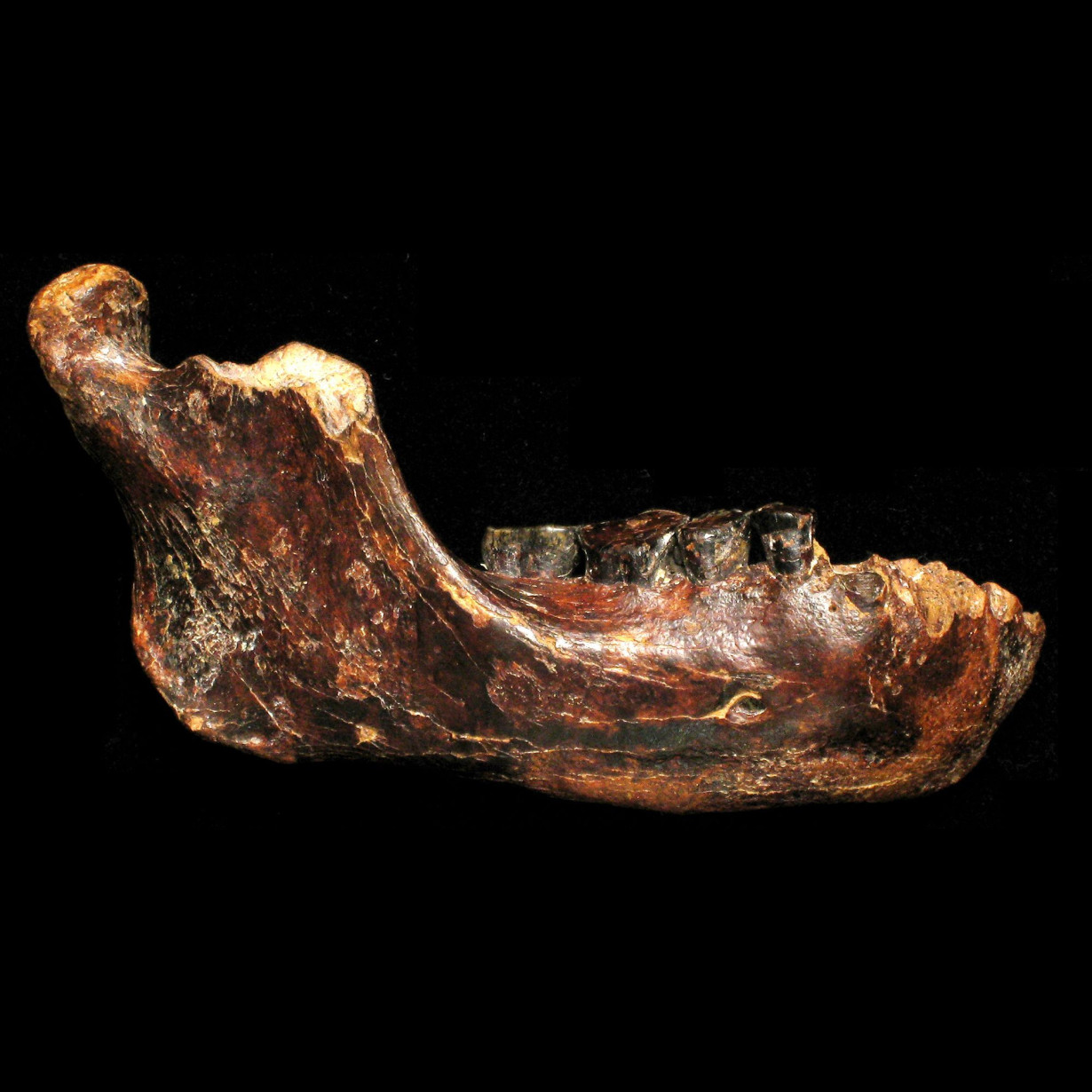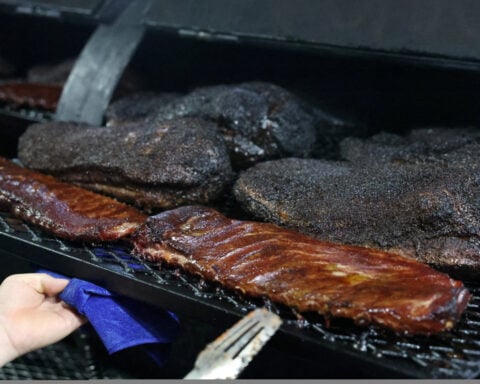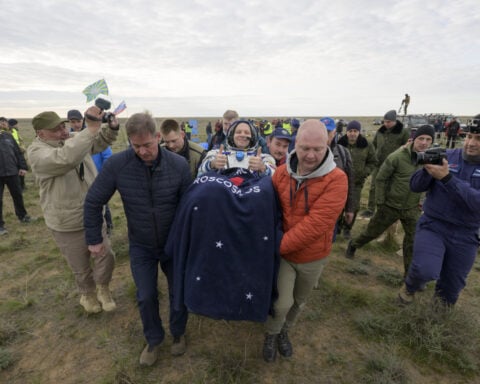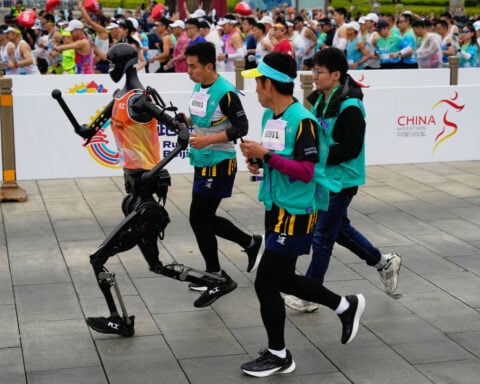(CNN) — A fossilized jawbone dredged up by a fishing net from the seafloor 15 ½ miles (25 kilometers) off the coast of Taiwan in 2010 looked human, but for years scientists failed to nail down exactly where it fit in the human family tree.
Now, scientists have been able to confirm the identity of the mystery fossil, known as Penghu 1, through analyzing ancient protein fragments contained in teeth still attached to the jaw. The jawbone belonged to a Denisovan man, according to the findings published Thursday in the journal Science.
“We’ve determined and shown over the past couple of years that these proteins can survive longer than DNA does, and that if we have decent recovery, we can say something about the evolutionary ancestry of a specimen,” said study coauthor Frido Welker, an associate professor of biomolecular paleoanthropology at the University of Copenhagen’s Globe Institute in Denmark.
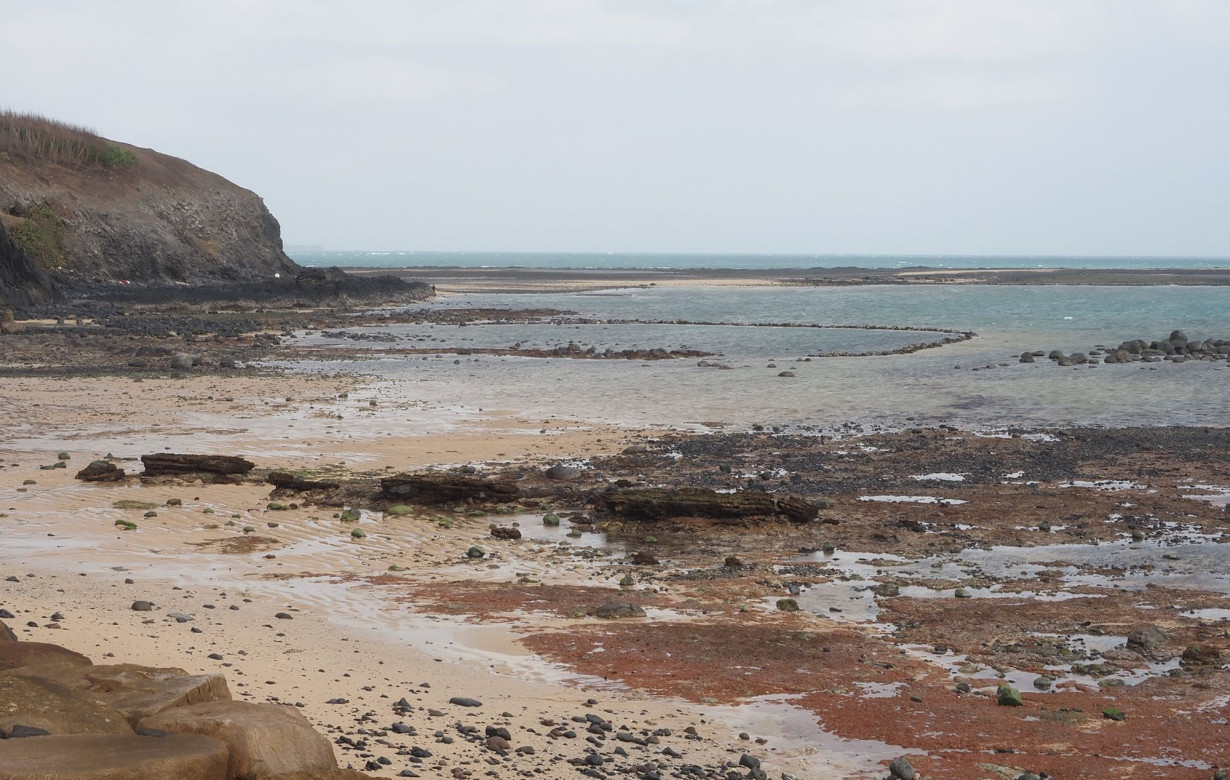
Fishermen working off the coast of Taiwan long have dredged up the bones of ancient animals — elephants, water buffalo and hyenas — in their nets, relics of an ice age past when sea levels were lower and the ocean channel was a land bridge.
The Denisovan man likely lived on this strip of land that once existed between what’s now China and Taiwan. This discovery establishes the third place that the enigmatic ancient humans first identified in 2010 were definitively known to have lived and shows that the Denisovans occupied a diverse range of environments: Siberian mountains, the high-altitude Tibetan Plateau and the humid subtropical latitudes, Welker added.
Unusual provenance
Fishermen who find fossils among their catch often sell their finds to antique shops, where collectors pick them up, said study coauthor Chun-Hsiang Chang, a curator of paleontology at Taiwan’s National Museum of Natural Science. The museum has thousands of fossils found from the seabed in its collection.
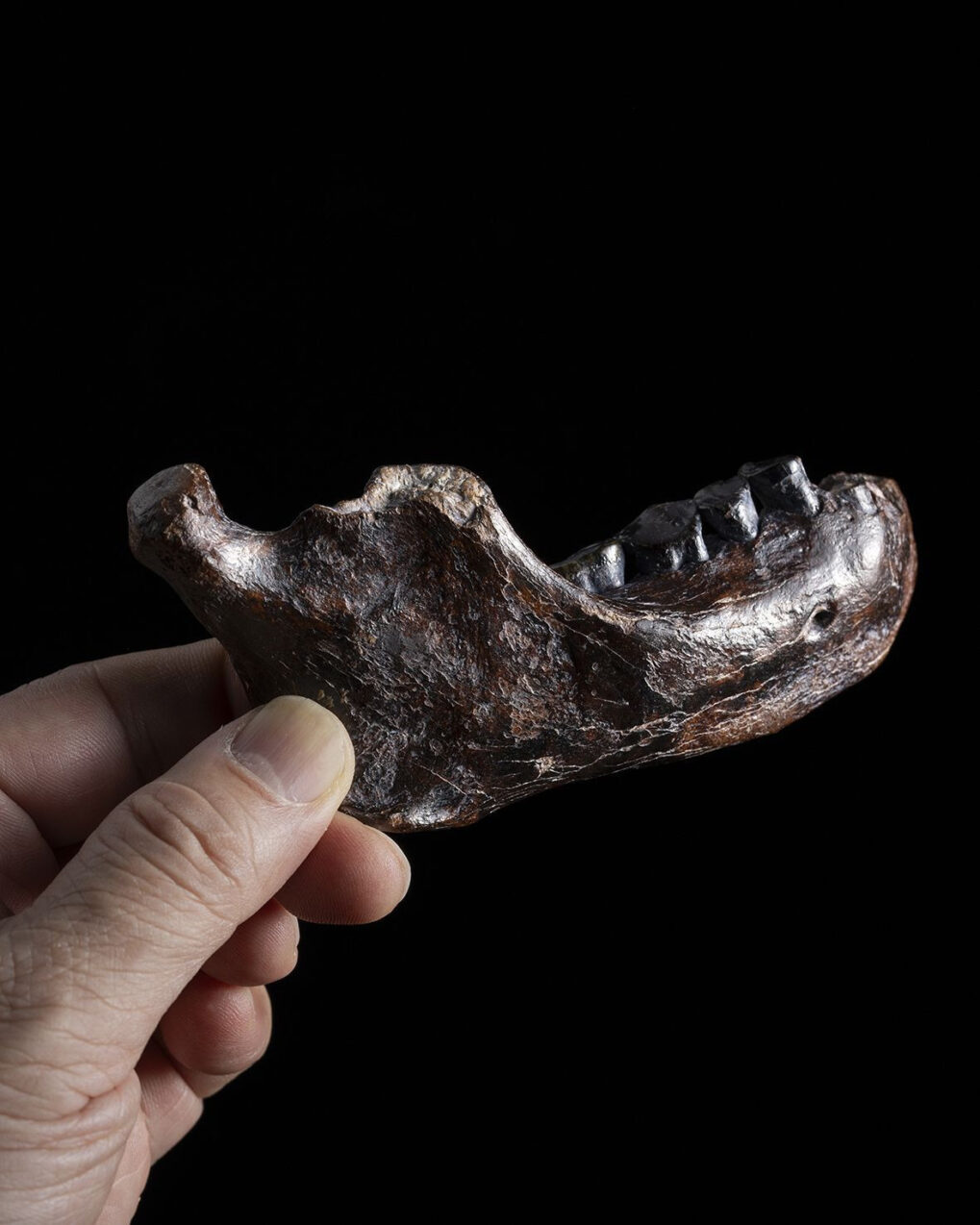
One collector brought the jawbone, now identified as Denisovan, to the museum wanting to know more about the specimen, and Chang said he immediately realized it was unusual and encouraged the collector to donate or sell the fossil to the museum, which he did.
A paper Chang coauthored in 2015 argued the fossil belonged to the genus Homo, the grouping to which our species, Homo sapiens, and other ancient humans such as Neanderthals belong, but colleagues were not able to extract any ancient DNA from the fossil and couldn’t verify the exact species.
It also wasn’t possible to date the fossil accurately. Scientists believe it has an age range of between 10,000 and 70,000 or 130,000 and 190,000 years old, dating the bone to a time when past sea levels in that vicinity were low.
Chang took the specimen to Copenhagen in 2022 hoping to learn more from Welker and other scientists who were pioneering techniques to extract proteins from fossils, a field known as paleoproteomics.
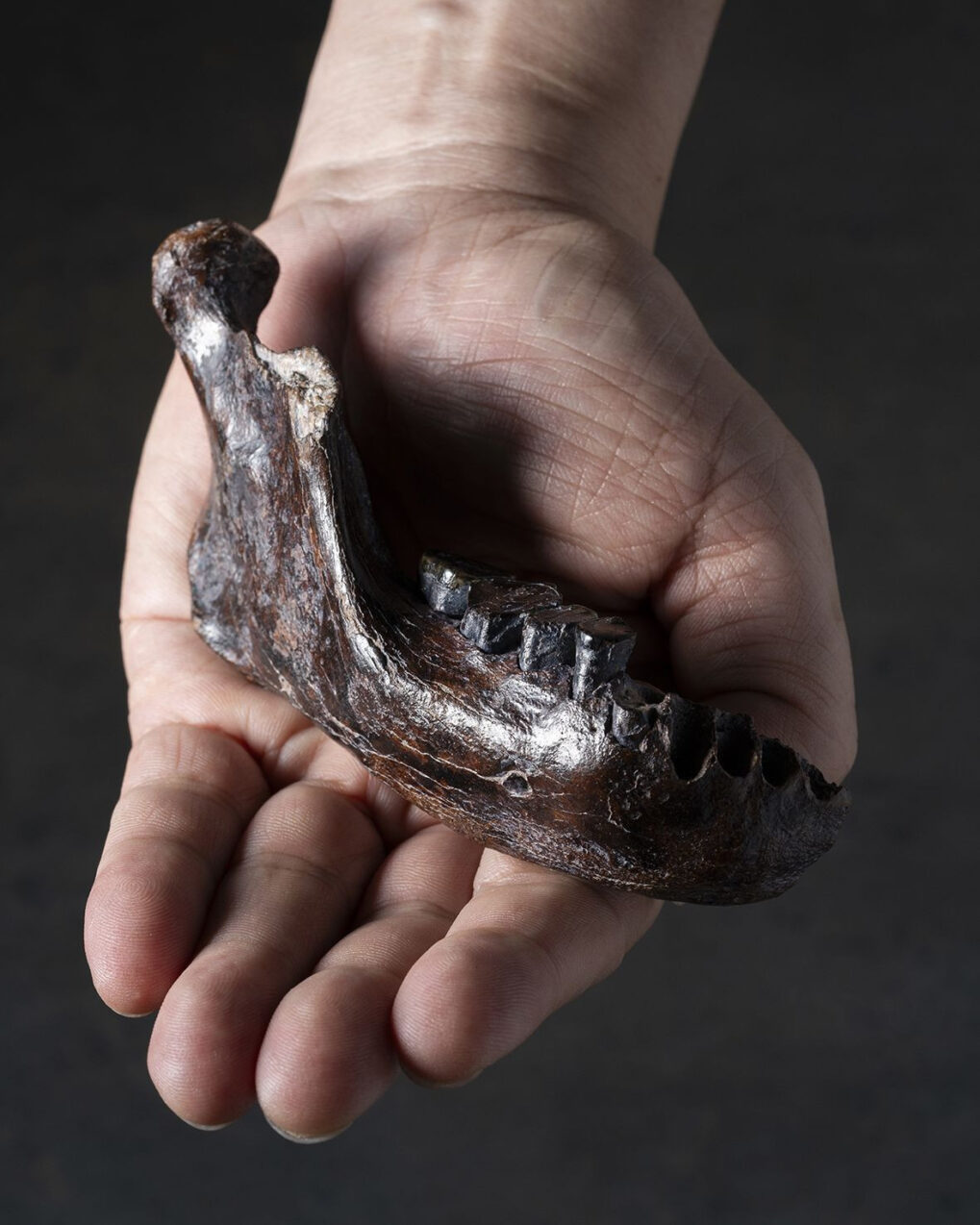
Chang recalled airport security in Copenhagen stopping him when the case containing the jawbone passed through an X-ray machine. “They stopped me and wanted me to open (the case),” he said. “I thought maybe they were going to arrest me.” Chang said he was allowed to leave only after sharing his credentials and giving the security personnel “a very short human evolution lesson.”
Before testing the jawbone, Welker and his colleagues sampled an elephant bone and pig bone from the same part of the seabed to work out which extraction methods would work best and determine whether proteins were still present. The team found proteins and proceeded with extracting them.
Two amino acid sequences from the proteins recovered from the specimen matched those known from the Denisovan genome — a complete set of genetic information sequenced from DNA. What’s more, the lab work detected a type of protein with a sex-specific peptide called amelogenin, and Y-chromosome specific peptides revealed that the Denisovan individual was male, Welker said.
Denisovan paradox
Denisovans were first identified in 2010 in a lab using DNA sequences extracted from a tiny fragment of finger bone found in Denisova Cave in Siberia’s Altai Mountains, which is how the group got its name.
Genetic analysis subsequently revealed that the Denisovans, like Neanderthals, had once interbred with early modern humans. Traces of Denisovan DNA found in present-day people suggest the ancient species likely once lived across much of Asia, and the recent discovery of Denisovan fossils from outside their namesake cave has begun to show they occupied a wide range of places in Asia.
In 2019, scientists shared news that a jawbone found in a cave on the northeastern edge of the Tibetan Plateau, known as the Xiahe mandible, contained a Denisovan molecular signature. A Denisovan rib bone from the same cave was reported in 2024.
In 2022, scientists identified a tooth unearthed at a cave in Laos as Denisovan because it closely resembled the tooth from the Xiahe mandible. The clue placed the species in Southeast Asia for the first time, though scientists were not able to get any definitive molecular information from the molar to confirm it.
The good preservation of the proteins in the Penghu 1 mandible is surprising, given that it had been at the bottom of the sea for a long time, said archaeologist Zhang Dongju, a professor at China’s Lanzhou University who worked on the Xiahe jawbone. She was not involved in the study.
“With the accumulation of Denisovan fossils and the increase of Denisovan-specific molecular signature identified, identification of Denisovan fossils will be easier,” she said. “And I believe more Denisovan fossils will be found and identified in (the) future. And we will know more about this mysterious species.”
Katerina Douka, an associate professor in archaeological science at Austria’s University of Vienna, described Denisovans as a paradox because scientists have detailed genetic information about the species but few fossils, so little is known about how they looked, although she noted they had “exceptionally large” molars.
The Penghu 1 and Xiahe mandibles did not have wisdom teeth, which could indicate that their jaws did not protrude forward in their face, said Ryan McRae, a paleoanthropologist at the Smithsonian National Museum of Natural History in Washington, DC.
“Neither mandible has a chin, like modern humans do, so the front of their jawline would probably look flatter than ours,” McRae said by email. “The authors wisely point out that the Penghu mandible is male, which means that it may exhibit the larger, more robust end of variation for this species. In other words, female Denisovans could look the same, or quite different, we just don’t know yet.”
Douka and McRae weren’t involved in the study.
The mysterious humans don’t have a widely accepted official species name yet, although some scientists have suggested Homo juluensis, a classification that groups Denisovan fossils with other fossils from China, including “dragon man,” a skull described in 2021.
Chang said that he and his colleagues hope to revisit the 4,000 or so fossils in the National Museum of Natural Science’s collection that have been gathered from the seabed in the Taiwan Strait over the past 40 to 50 years and use the same proteomic methods applied to the Penghu 1 jawbone to investigate whether any other fragments belong to Denisovans.
“Maybe inside my collection there’s some treasure we don’t know about,” Chang said.
The-CNN-Wire
™ & © 2025 Cable News Network, Inc., a Warner Bros. Discovery Company. All rights reserved.

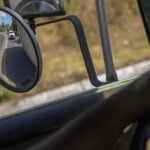 Trump has begun another trade war. Here's a timeline of how we got here
Trump has begun another trade war. Here's a timeline of how we got here
 Canada's leader laments lost friendship with US in town that sheltered stranded Americans after 9/11
Canada's leader laments lost friendship with US in town that sheltered stranded Americans after 9/11
 Chinese EV giant BYD's fourth-quarter profit leaps 73%
Chinese EV giant BYD's fourth-quarter profit leaps 73%
 You're an American in another land? Prepare to talk about the why and how of Trump 2.0
You're an American in another land? Prepare to talk about the why and how of Trump 2.0
 Chalk talk: Star power, top teams and No. 5 seeds headline the women's March Madness Sweet 16
Chalk talk: Star power, top teams and No. 5 seeds headline the women's March Madness Sweet 16
 Purdue returns to Sweet 16 with 76-62 win over McNeese in March Madness
Purdue returns to Sweet 16 with 76-62 win over McNeese in March Madness
